Polaris has made huge splashes at Computex this year. To get more information about AMD’s vision for the long term, we met up with Adam Kozak, AMD’s Client Desktop Product Marketing Manager and Antal Tungler, Senior Manager of Public Relations to talk more about what to expect from Polaris and the road ahead.
One of the biggest focus for AMD is bringing VR into the hands of the consumers at an affordable price. The RX 480 is revealed to have MSRP of $199, but Lisa Su stated that they’re expecting the retail price of its Polaris-based GPUs to be between $100-$299. The RX 480 will release with two configurations: one with 4GB of RAM and another with 8GB of RAM. Adam didn’t say how much VRAM is installed on the $199 model. However, we’d expect it to be the lesser of the two.
Some people don’t like seeing AMD adopting a new naming scheme. On this subject, Adam commented “The reason for the new naming scheme is simple. Number keeping became very confusing for the consumers. We had the R# denoting the performance family, the then numbers trailing it to diversify them even further. Now there’s only two levels: RX for gaming and regular non RX series for mainstream performance.”
This would imply that lower end cards which would usually be given the R5 or R3 nomenclature, could just simply be ‘R’ in the future, to contrast with the high-end RX series. However, it is unclear at this point.
At the press event, Raja Koduri stated: “hardware is only half the battle, the other half is software”. With Polaris, AMD is to bring console level performance optimization into the PC realm. One of the main focus for AMD is GPUOpen, a set of tools developed by both the AMD/RTC and the community to let developers easily access lower level hardware resources. “We’re excited to see some major development in GPUOpen. We saw a huge expansion in the number of libraries available.” Antal further mentioned that a specific set of tools called Shader Intrinsics is getting some extra attention. Shader Intrinsics gives game developers flexible access to modify the shader operations. It’s one of the main factors in the performance optimization for consoles.
AMD is not shy about boasting its contributions to the gaming technology world. On stage, Raja Koduri mentioned that AMD’s Mantle had “inspired Direct X 12” and “gave birth to Vulkan” he’s not lying either as it is well known that AMD and Microsoft worked closely on Direct X 12, AMD was very adamant about the inclusion of features such as Asynchronous Compute, which is a feature that AMD has supported with its hardware since the introduction of the first GCN architecture. This feature is supported by both DX12 and Vulkan APIs, and is seeing increasing use in both PC and console games alike for its significant reduction in rendering time.
Stretching the interview a bit further, we tried to pry something out of them for Navi. Looking at the roadmap, one of the main focuses for Navi is “scalability”. Based on the performance demo AMD gave at the press event, it’s evident that AMD is putting some major efforts into multi-GPU scaling. We asked if this gives any sort of indication as to what Navi’s scaling is, but Antal and Adam just said: “Yeah multi-GPU is pretty cool, we can’t tell you everything”.
We had the pleasure of meeting Raja Koduri after the press meeting. With the shift to 14nm finFETs, Polaris has much higher density than the previous generation AMD GPUs. This in turn creates a higher density die and a smaller chip which helps increase manufacturing yield. When asked about how confident AMD is with being able to keep up the demand for Polaris once it launches, Raja smiled and replied “With regards of wafer yields, we’re seeing some good results so we’re feeling pretty confident. But you know the manufacturing is still a very difficult process, so things could change on a dime. But, I’d rather face the problem with having too much demand than too little.”
A little controversy stirred when some AMD Press Conference attendees accused AMD of lowering the graphics settings for Ashes of Singularity on their demo system compared to the one running on Nvidia’s system. Frankly, we were a bit worried too since the two side by side images did look a bit different. Adam and Antal took no time to dispel that myth. “The two demos were running at the exact same settings. If we changed them, that would defeat the entire purpose of the demo.”
The last leg of our interview was not with AMD employees, but with the community. One of the disappointments everyone seemed to have with the press conference is the lack of single-card benchmarks and a one-on-one direct comparison to Nvidia’s cards. While the gaming industry is rapidly transitioning into DX12 and Vulcan API, a huge number of gamers still want to see some DX11 benchmarks.
Polaris is expected to officially launch at the end of June. What are your thoughts? Tell us in the comments below!

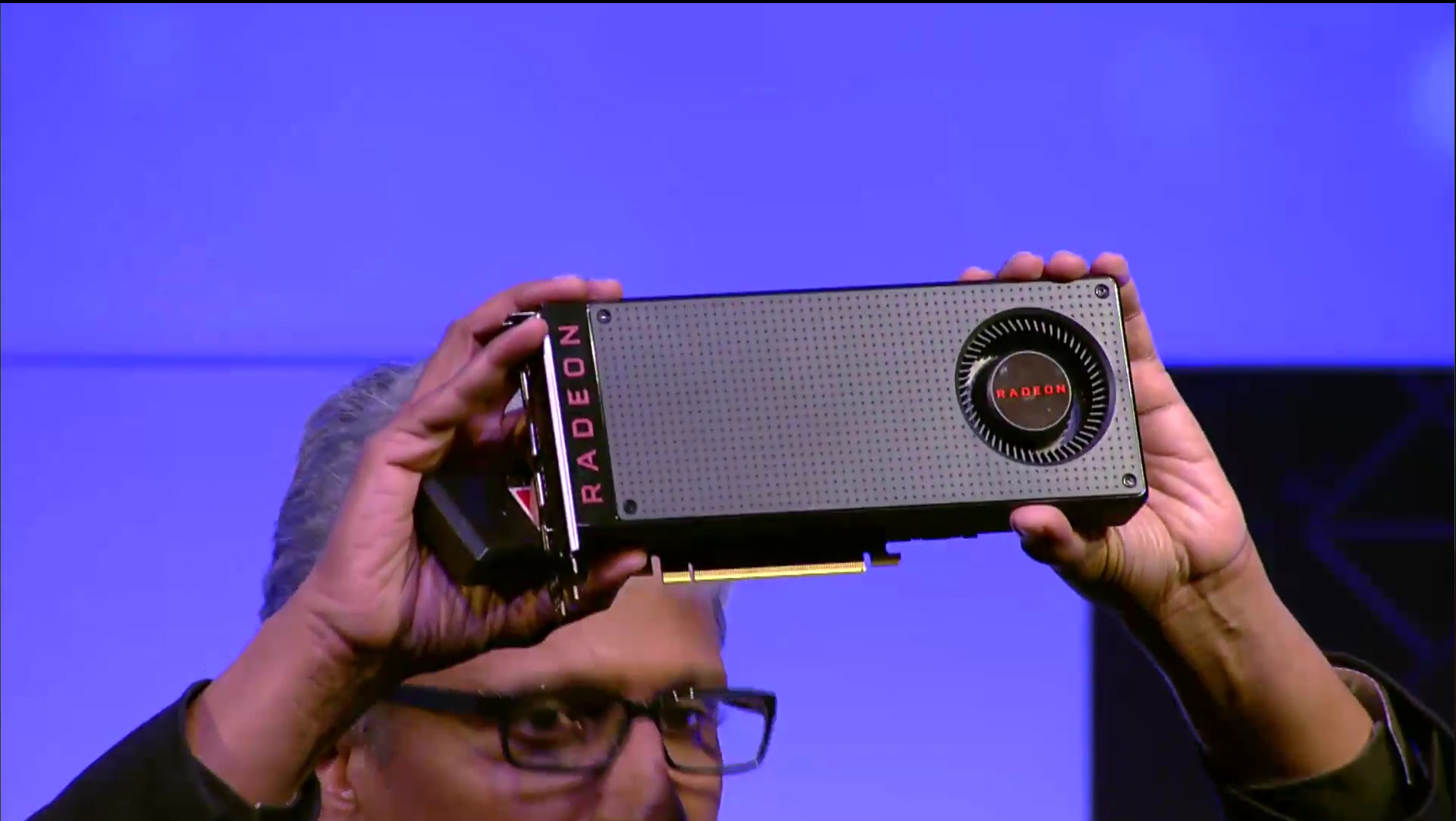
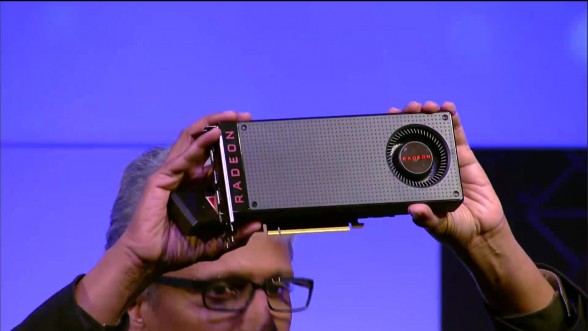
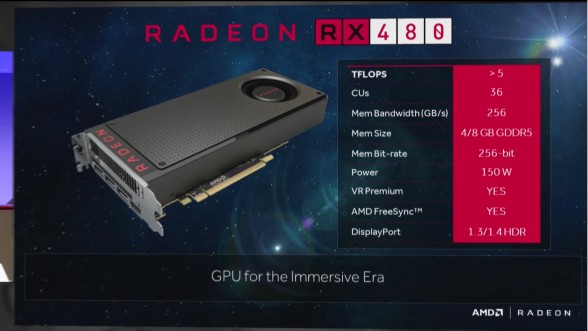
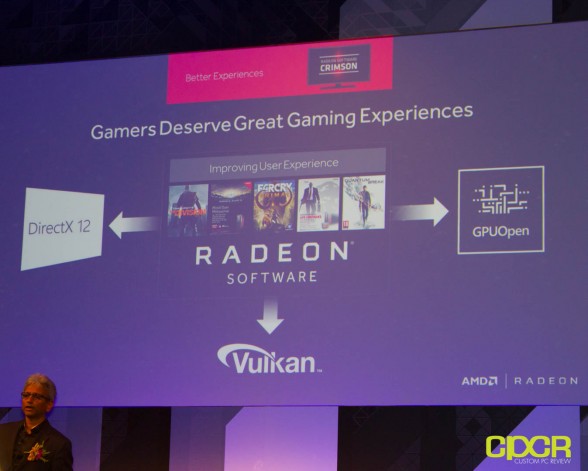
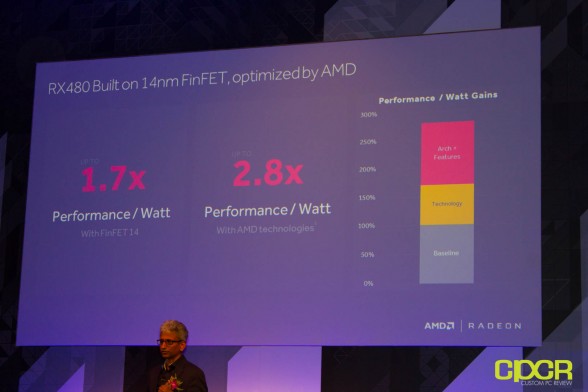
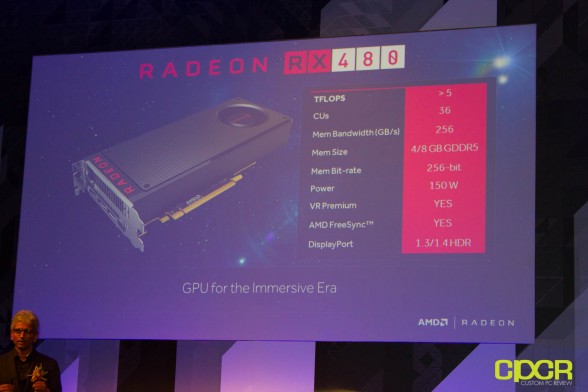
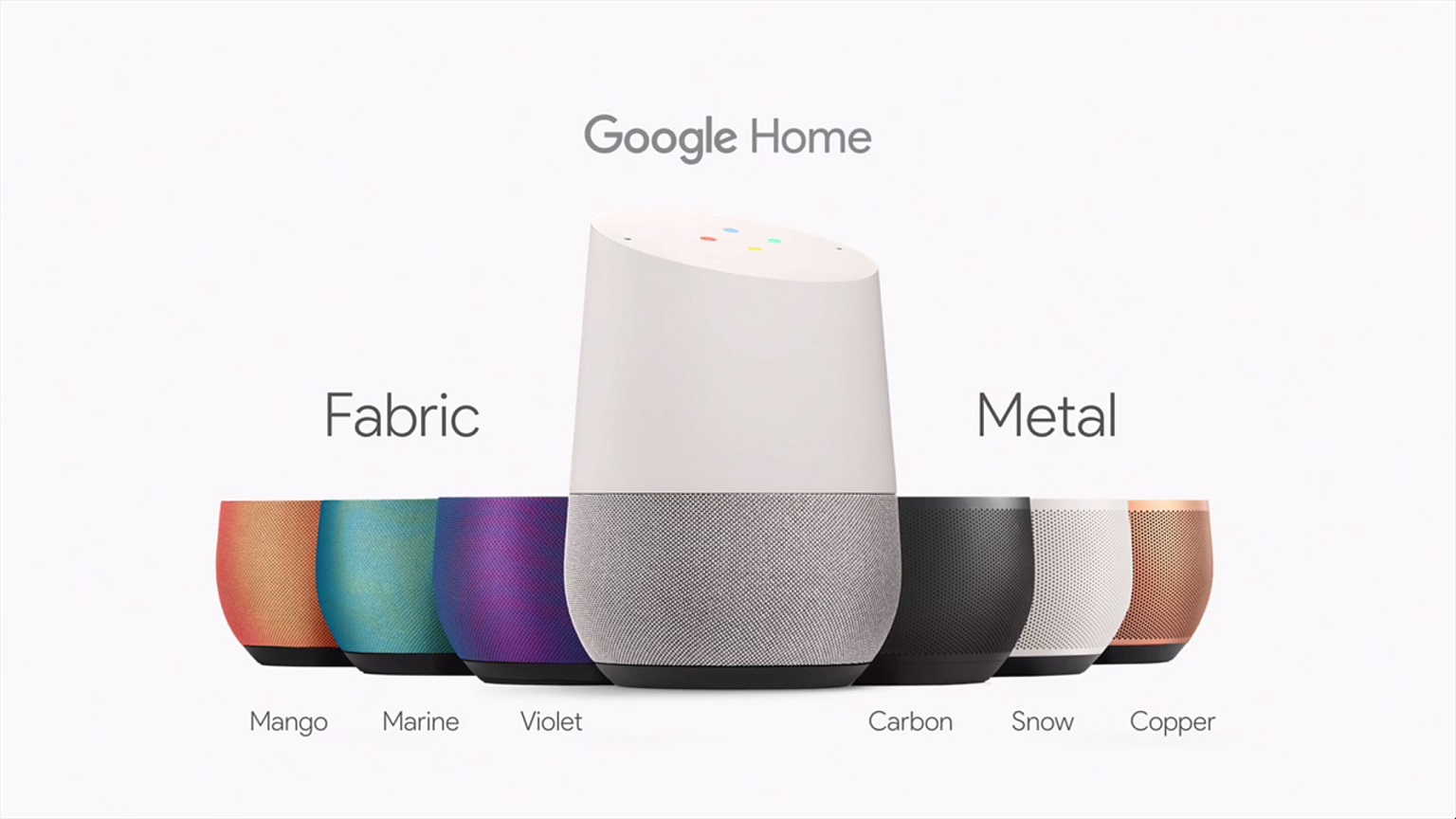
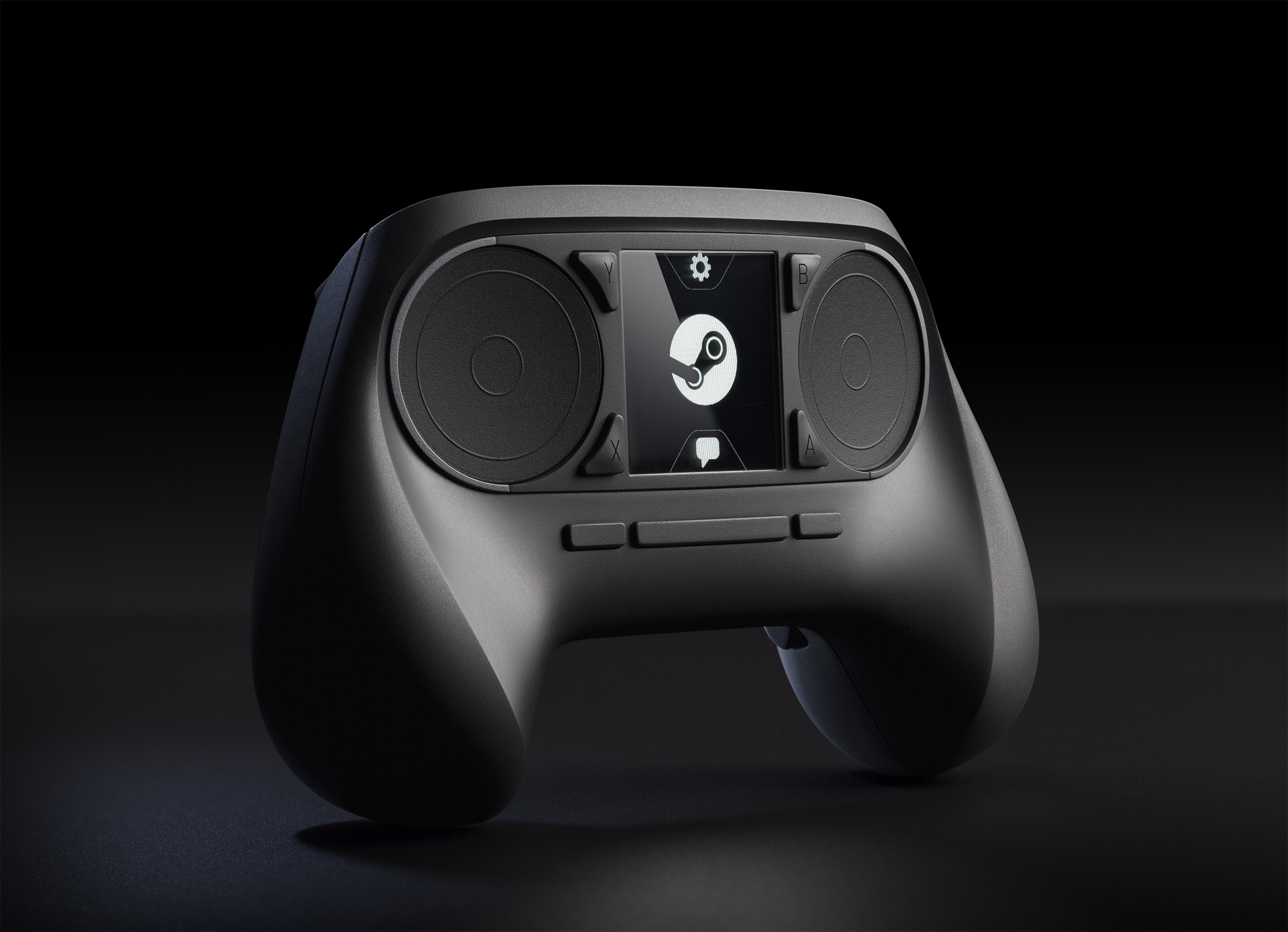
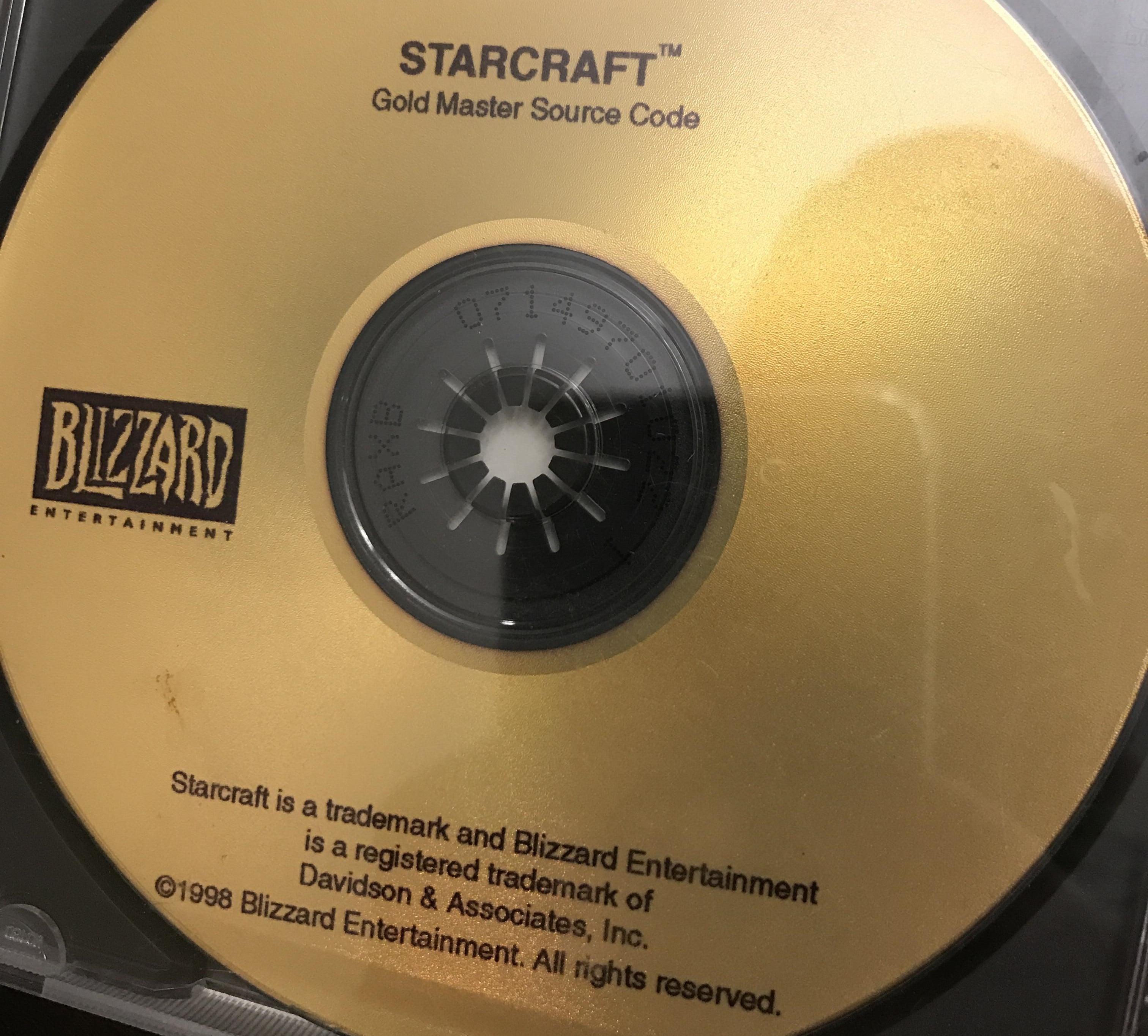
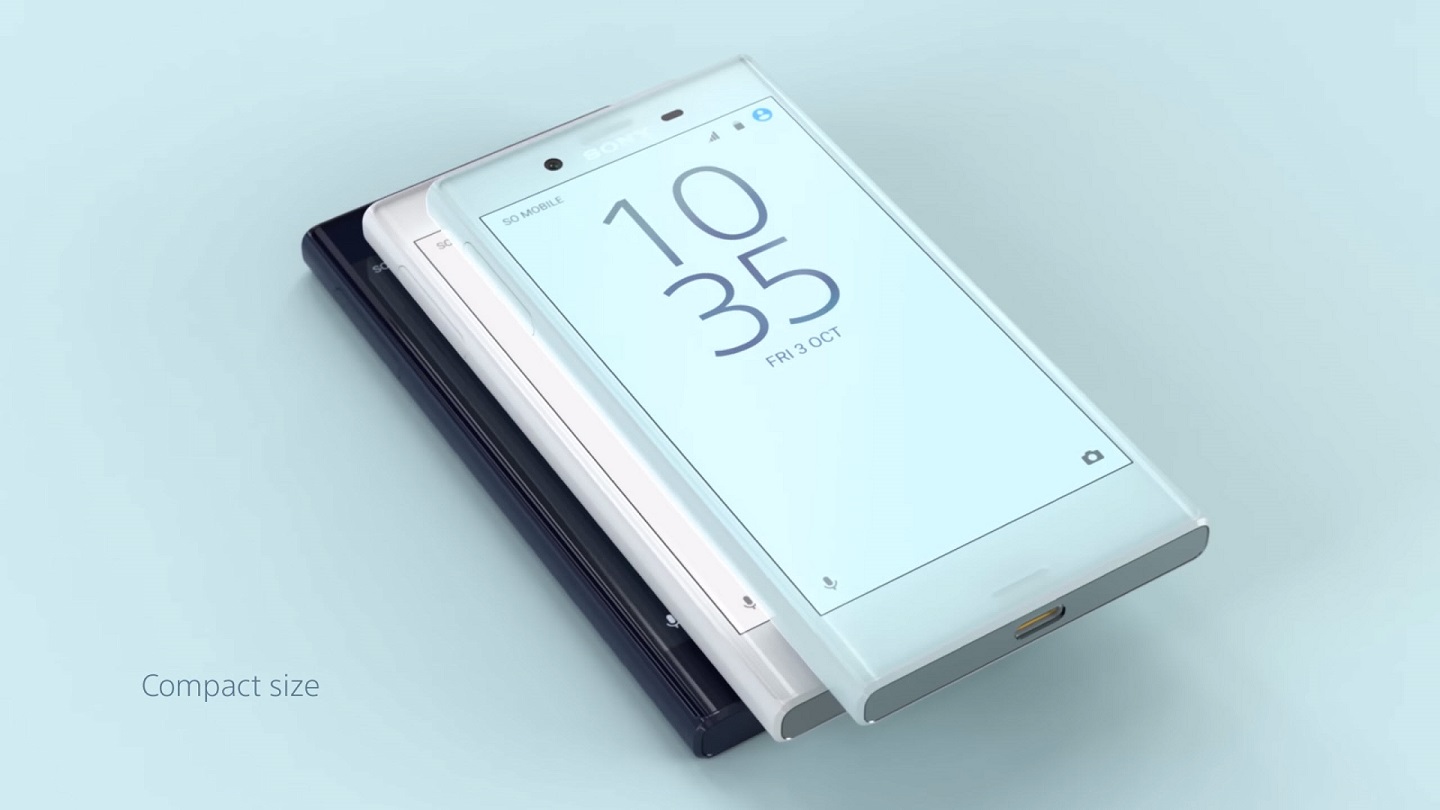
i don’t undestand. Where is the interview ? There is only some quotes…
Tom sat down with a few of the folks at AMD after their press event at Computex in Taipai. Sorry if that wasn’t clear.
This was more like a reveal of RX 480, updating us on it, most likely they are still tweaking drivers. 390/x performance better than a 980 for $200 is a steal
nVidia shader glitch, AMD gets blamed…
“While the gaming industry is rapidly transitioning into DX12 and Vulcan API, a huge number of gamers still want to see some DX11 benchmarks.”
why though, it’s fast enough to run any DX11 game on 1080p (it’s target market), and pretty much any new game coming out where performance matters is already getting a DX12 or vulkan patch this year
How do you know if something is fast enough if you don’t see any benchmarks?